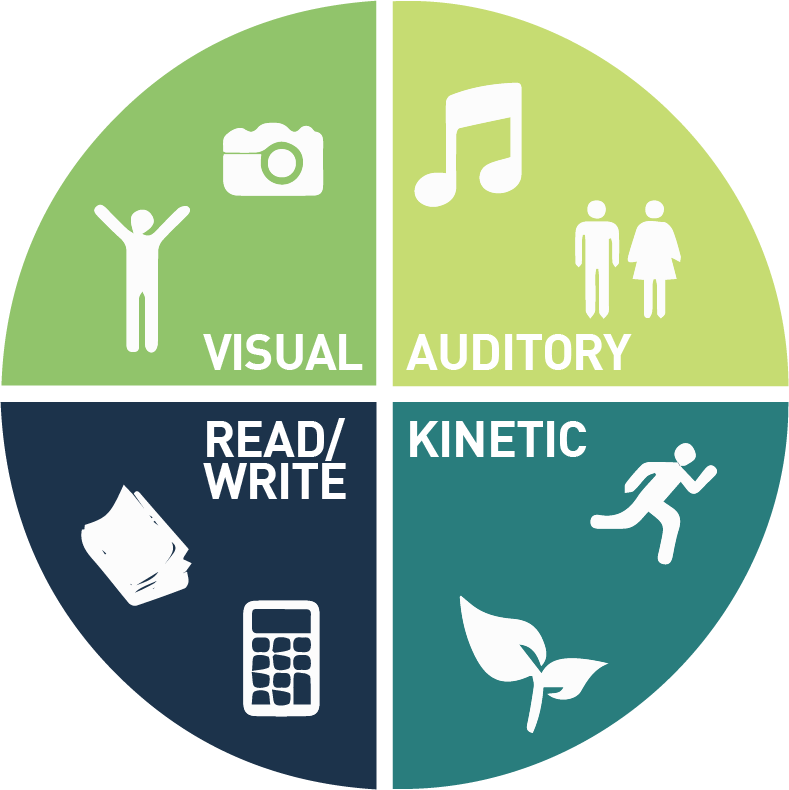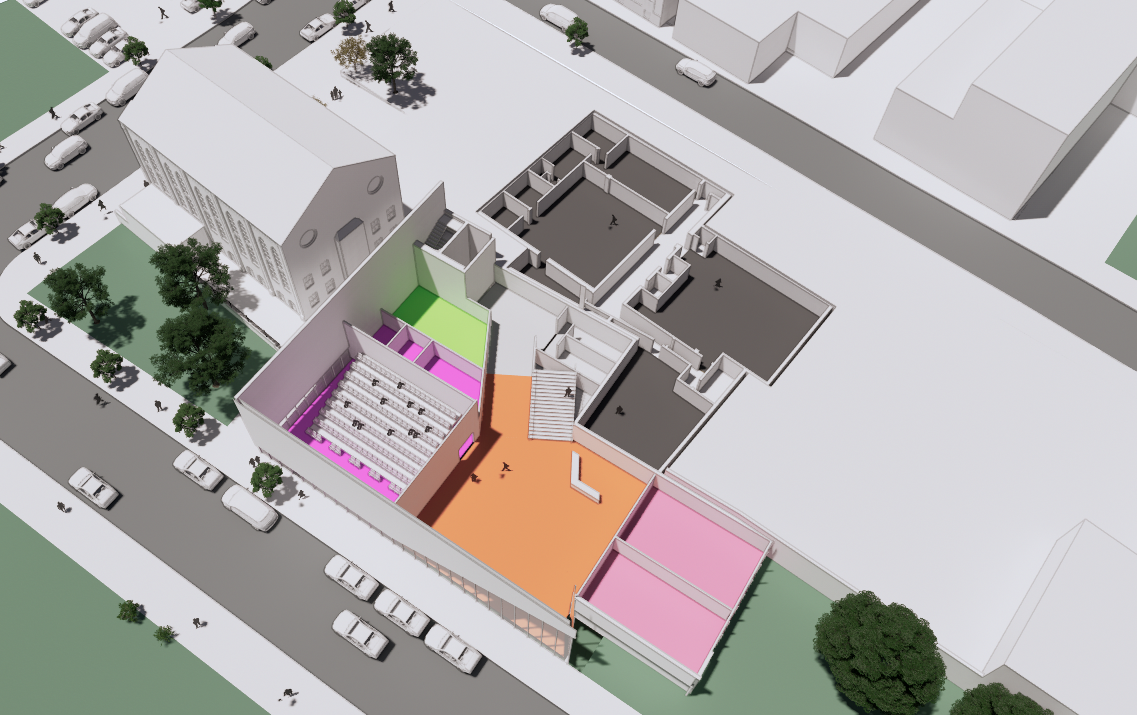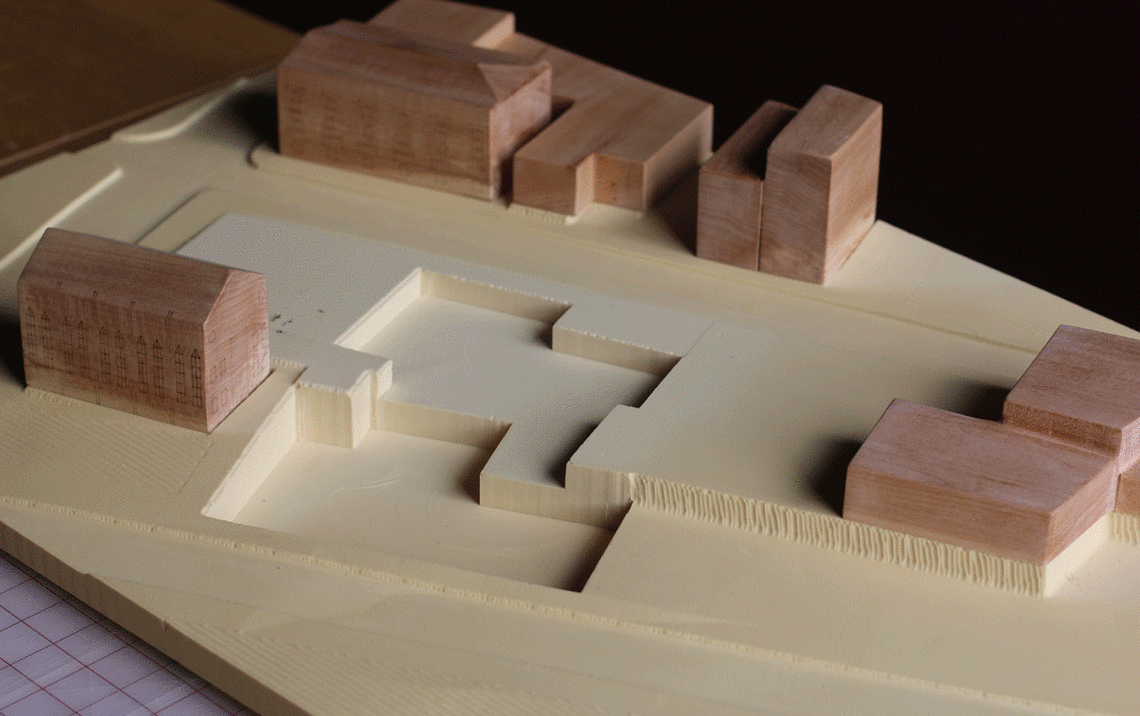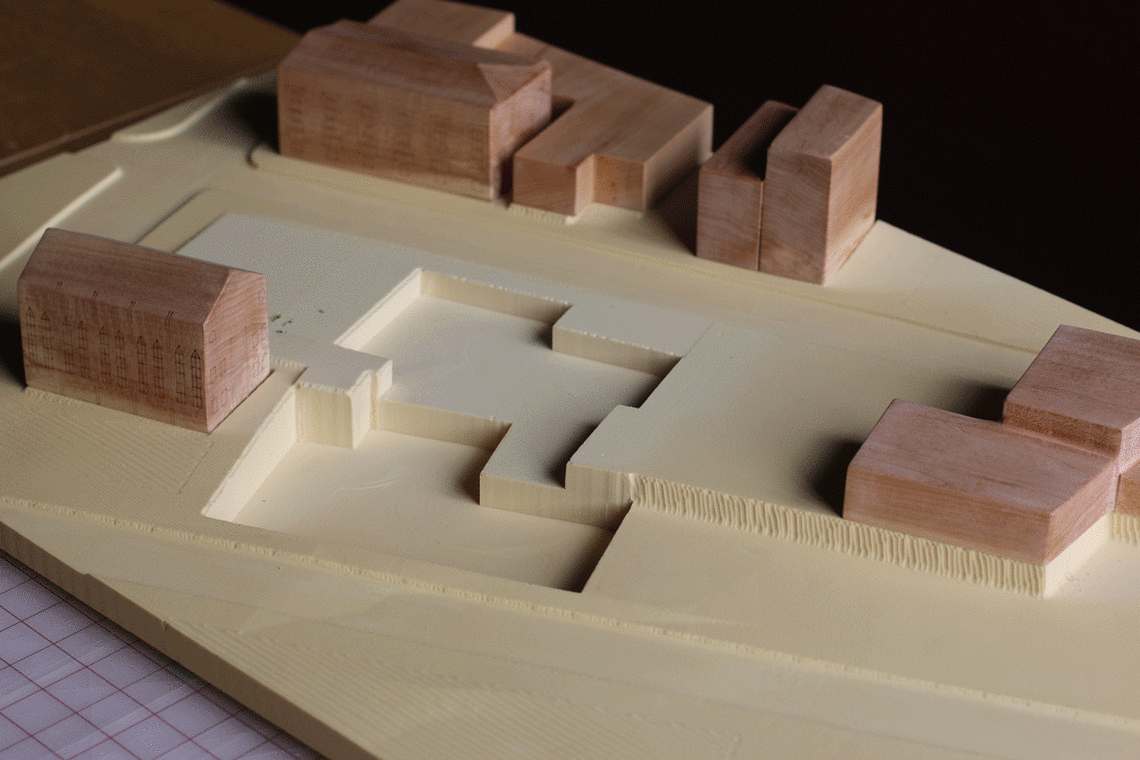We’ve all been there before—listening to a presentation or in a conversation where technical jargon has caused us to lose interest and our attention to wander.
I was at a networking event recently and found myself talking to a mechanical engineer. He was expressing his disbelief that calculations he had seen recently were using EER, not SEER, and wondering “how could they not be looking at the SEASONAL Energy Efficiency Ratio for their envelope model?!” While I appreciated his enthusiasm, I won’t lie, I was finding it challenging to stay engaged in the conversation.
This led me to think, how often are people listening to me and thinking “what is this guy even talking about?” (Rhetorical question of course.) It was not that the engineer’s conversation was boring me—just that the conversation was not targeted to the current audience (me, a graphics specialist). Now, I understand that this was just a passing conversation at a networking event, but it also got me thinking about the best way this engineer could present his findings of EER vs. SEER and keep his audience engaged in other settings—and how this applies to my own work.
The profession of architecture stretches from conceptual and theoretical to highly technical. As part of getting new work and throughout the process of designing each project, architects present to diverse stakeholder groups and audiences of varying demographics. While a construction management team may clearly understand a set of construction documents, presenting those same drawings to showcase classroom layouts to elementary school teachers will likely be ineffective.


Beyond the education typically required to comprehend technical drawings such as construction documents, each of us learn differently. While discussing this with some of my educator friends, they brought up the VARK model, a frequently used method for understanding learning styles that breaks down learners into four types: visual, auditory, read/write, and kinetic learners.
As educators, my friends have the opportunity to get to know their students and tailor their teaching methods to the varied learning styles in their classrooms. Conversely, as architects we often present to groups we are meeting for the first time and therefore cannot specifically gear the presentation toward the learning style of the audience—but we can integrate various techniques to engage learners of all types.
Our experience has shown that utilizing different mediums helps tremendously. Recently, we were presenting concept design options to a client. As with many of our presentations, we displayed rendered images of the proposed concepts via PowerPoint. At the same time, we used a physical architectural model to demonstrate the organization of the new building. We also provided a handout illustrating the concepts.


The group’s visual learners gravitated to the PowerPoint images; the words of the presenter brought the images to life for the auditory learners; the read/write learners engaged with the handout; and the kinetic learners appreciated seeing the building manipulated in real time. By presenting the same information in different but simultaneous ways, we were able to keep the audience engaged and all gained a clear understanding of the options for their new building.
This approach supports both our presentations to clients, and those that clients make to the community and their constituents in support of the projects on which we collaborate. Have you seen an architectural presentation recently? We’d love to hear what resonated most with you.




